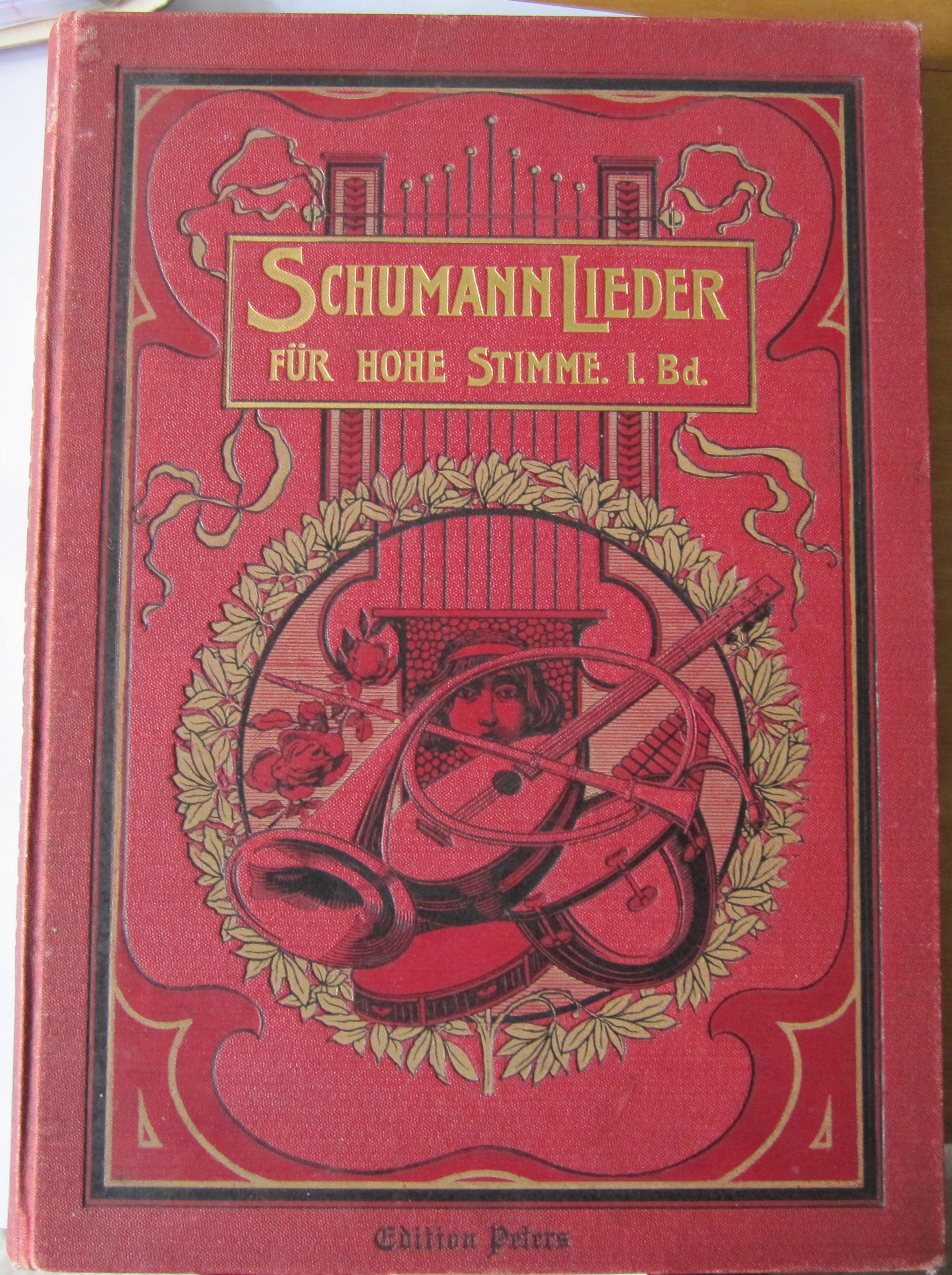I was browsing Cleveland’s 1850 Federal Census Record on Ancestry.com, and figured out the jailhouse business in those days was a Root family enterprise:
Elies Root, 64, male, born in Massachusetts (jailor)
Nancy Root, 58, female, born in Ohio
E.S. Root, 32, born in NY, Sheriff, Real Estate value $6,000, born in NY
Ralph R. Root, 26, male, Merchant, NY
Charles Root, 19, Clerk, NY
Bridget Lowe, 24, Ireland
John Smith, Deputy Sheriff, Ireland
Cuyahoga County Jail residents:
Mary Munson
Jacob Herrince, farmer, murder? money counterfeiting? illegible …
Horace Fleming, farmer, g. larceny
James Brown, farmer, g. larceny
John Appel, farmer, p. larceny
Alex Maddock, tailor (sailor?), stabbing
Philip Lehr, g. larceny
Wm Donnelly, arson
Patrick Flynn, p. larceny
Orrin Cobb, boatman, p. larceny

Amos Rike, farmer, larceny
Thomas Burns, saddler, assault and battery
Conrad Phalin, butcher, horse stealing
George King, farmer, larceny
John Lynch, farmer, larceny
James Knapp, farmer, horse stealing
Places of birth for all convicts? “Unknown.” I’ll bet these folks had no idea how long their crimes would stick with them.








